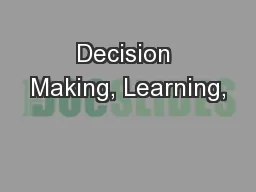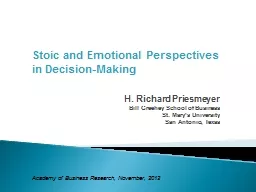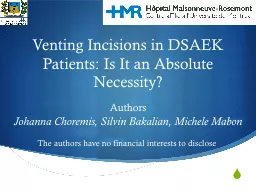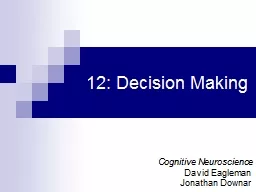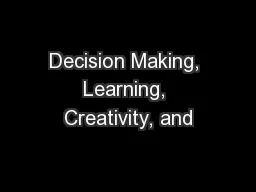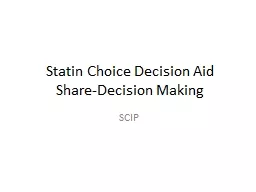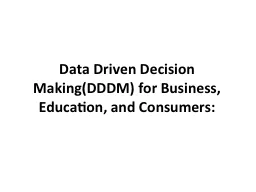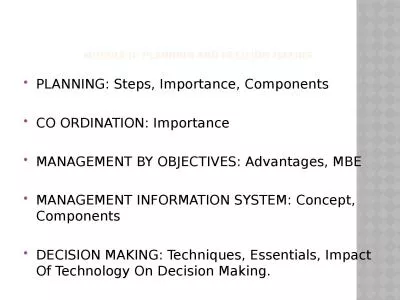PPT-Etiological and decision making factors for repeat DSAEK or
Author : giovanna-bartolotta | Published Date : 2016-07-21
First and Presenting author Jeewan S Titiyal Coauthors Manpreet Kaur Tarun Arora Rajesh Sinha Affiliation RP Centre AIIMS New Delhi India No author has any financial
Presentation Embed Code
Download Presentation
Download Presentation The PPT/PDF document "Etiological and decision making factors ..." is the property of its rightful owner. Permission is granted to download and print the materials on this website for personal, non-commercial use only, and to display it on your personal computer provided you do not modify the materials and that you retain all copyright notices contained in the materials. By downloading content from our website, you accept the terms of this agreement.
Etiological and decision making factors for repeat DSAEK or: Transcript
Download Rules Of Document
"Etiological and decision making factors for repeat DSAEK or"The content belongs to its owner. You may download and print it for personal use, without modification, and keep all copyright notices. By downloading, you agree to these terms.
Related Documents



